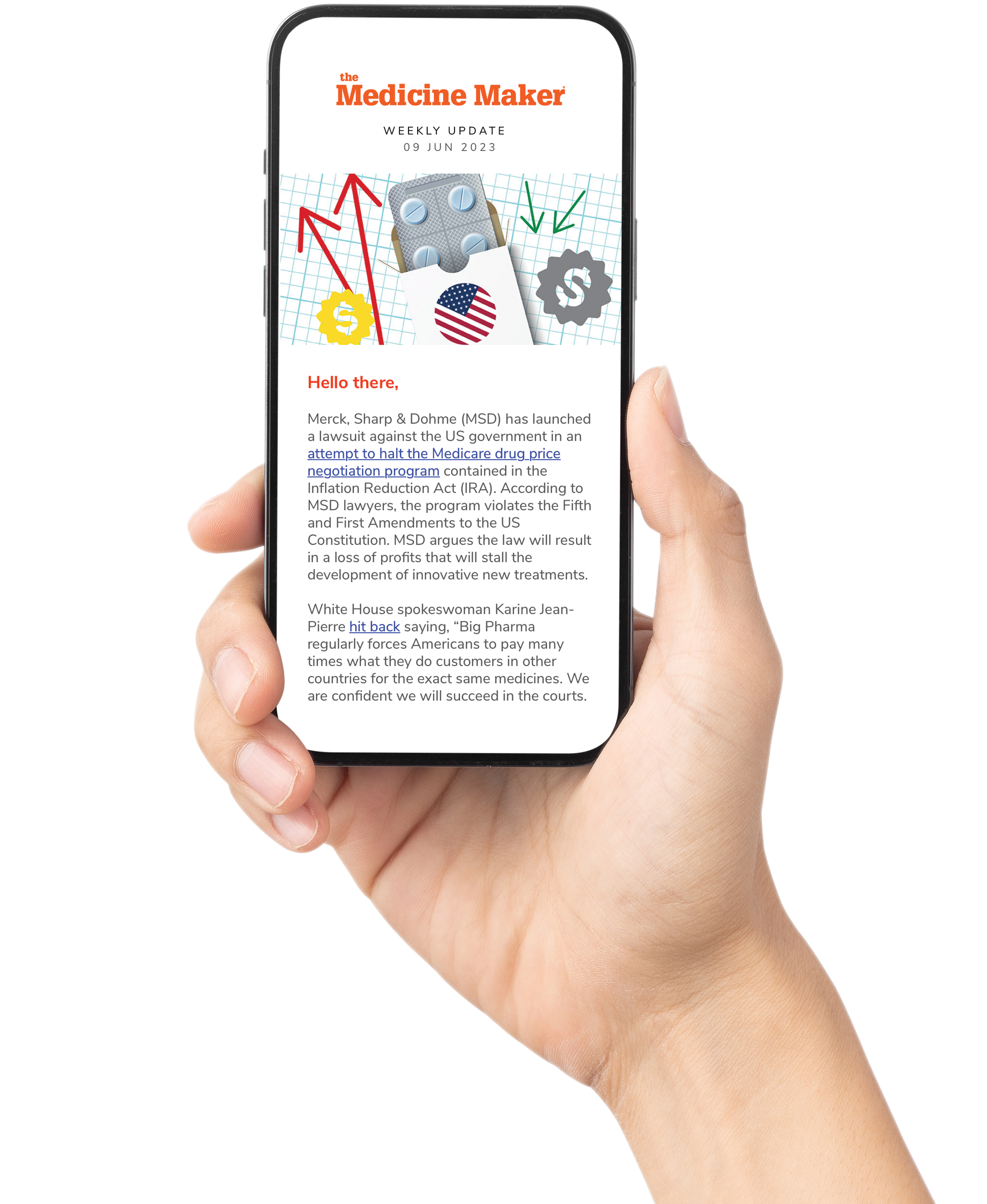
Amongst an ever-growing pipeline of next-generation weight-loss drugs, Massachusetts-based MetaVia’s long acting oxyntomodulin peptide analog DA-1726 has been developing quickly and quietly. Spearheading this development is CEO Hyung Heon Kim, whose strategic aim is to reshape the metabolic drug discovery paradigm through a dual agonist therapy approach with a 3:1 GLP-1 to glucagon ratio. We speak with Kim to learn more about the promising results so far.
DA-1726 activates two receptors, glucagon and glucagon-like peptide-1. Why did you choose a 3:1 mix?
The GLP-1/glucagon dual agonist concept isn’t new; development has been ongoing since the mid-2010s. In fact, one such candidate progressed to phase II for type 2 diabetes before failing to meet endpoints. What we’ve learned from those early efforts is that the ratio between GLP-1 and glucagon activity is critical. GLP-1 lowers glucose, while glucagon tends to increase it. Too much of one can cancel out the other.
Our research center tested multiple ratios. Through extensive preclinical testing, especially in animal models, we identified that a 3:1 GLP-1 to glucagon balance allowed both agonists to work synergistically. We studied competitors as well. For example, pemvidutide from Altimmune used a 1:1 ratio and showed no meaningful glucose control. Conversely, some candidates with heavier GLP-1 weightings (such as 6:1 or 8:1) also failed to deliver proportional glucose-lowering effects in clinical settings.
More GLP-1 doesn’t automatically mean better outcomes. What matters is the right balance. We believe the 3:1 ratio allows both pathways to contribute effectively, and the early human data supports that.
People in your phase I study lost significant weight in just four weeks. How is that happening so quickly?
What’s exciting is that this early weight loss wasn’t primarily driven by appetite suppression. Many GLP-1-based therapies cause nausea, early satiety, and diarrhea, which reduces food intake and causes water loss. In our study, most patients didn’t report appetite-related side effects until the third or fourth dose, but weight loss began earlier.
This supports our hypothesis that the weight loss isn’t just from eating less. In animal studies, mice treated with DA-1726 actually ate more food than comparator groups, but lost the same amount of weight. This points to a metabolic mechanism, particularly glucagon-driven fat oxidation and improved glucose control via GLP-1.
In other words, we’re seeing a strong signal for fat loss, not just food aversion.
Many weight loss drugs cause gastrointestinal (GI) issues. What did you observe with DA-1726?
GLP-1 and glucagon agonists are notorious for GI side effects. What differentiates DA-1726 is how brief and mild those side effects were. Most GI-related events occurred after the first dose only, with minimal recurrence. For example, only two patients reported nausea, and no one experienced it after the second dose. Vomiting was limited to two subjects after the first dose, and just one more later in the trial.
Most importantly, 100 percent of participants completed the four-week trial, which is rare in early-stage obesity studies.
What’s next?
We’re planning a 12-week, open-label phase I part III study with a 32mg dose – no titration. We’ll also target a unique population: early dropouts from GLP-1 therapies. These patients often have strong insurance coverage and motivation but can’t tolerate side effects. If DA-1726 proves tolerable for this group, it could open access to 20-30 percent of the obesity market.
We’re also exploring strategic partnerships to scale manufacturing and global reach. Elsewhere, and unlike other dual agonists, DA-1726 has shown significant glucose-lowering activity, which supports future development for type 2 diabetes, and because glucagon acts directly on the liver, there’s potential for treating metabolic dysfunction-associated steatohepatitis (MASH) and other liver-related metabolic disorders.
How are you approaching long-term safety?
We’re very mindful of the chronic use concerns, including pancreatitis and long-term GLP-1 tolerance, but we are not aiming for lifelong use. The average GLP-1 dropout rate is around 70 percent in one year. Our goal is to achieve significant weight loss in 12 weeks. If patients can lose 10-15 percent body weight in that time, they don’t need to be on our drug indefinitely. We see this as an episodic treatment model, rather than a chronic one.




